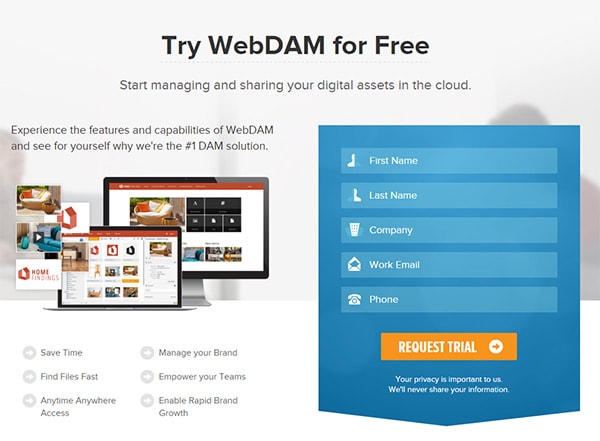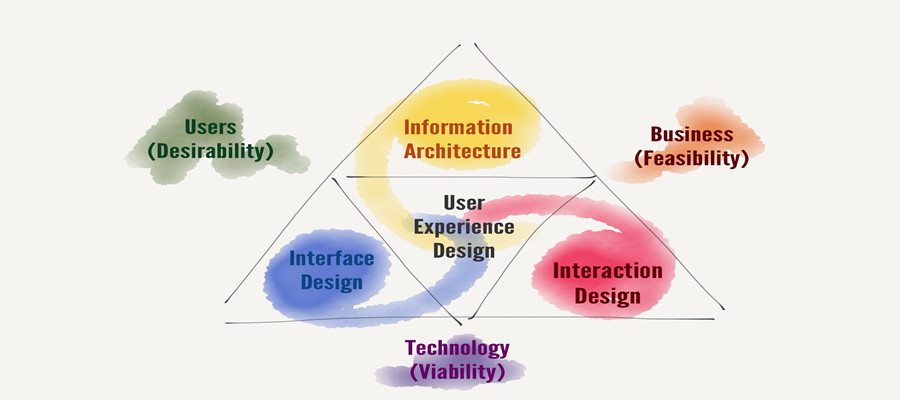How to Create a UX Design Portfolio: Tips from a UX Recruiter
by Tom Cotterill
How to Create a UX Design Portfolio: Tips from a UX Recruiter
by Tom Cotterill
How to Create a UX Design Portfolio: Tips from a UX Recruiter
As a UX recruiter, my role involves not just identifying and developing tech talent, but also following the industry closely; going to events, workshops, and conferences to make sure I’m in a strong position to connect the dots and successfully match companies with perfect-fit employees.
Through the conversations I have day-to-day, I’ve managed to put together a clear picture of the industry as it stands in 2017 and what the expectations are for all levels of UX designer, from absolute beginners to senior UXers and UX directors.
One big aspect of my role is making sure that the candidates I work with are amazing at showcasing their skills, experience, and past achievements. One thing I get asked over and over again is, “Where should I begin with creating my portfolio? What’s the standard? How can I make it better?”
So, I’m going to share the advice that I frequently give out to candidates I work with, be it a beginner, mid-level or senior UX designer. I’ll be explaining why your portfolio is so important, what to include, where to host it, how much to include, and answering lots of other common questions.







